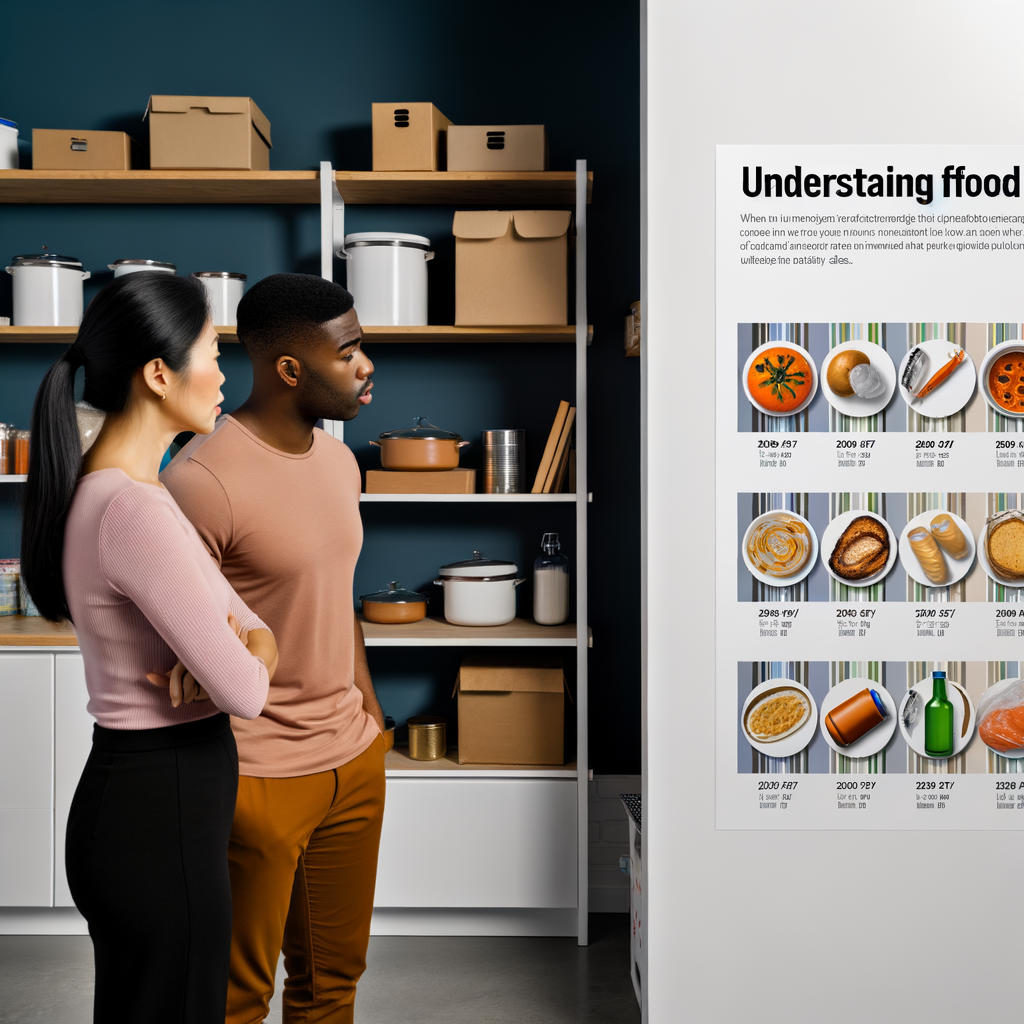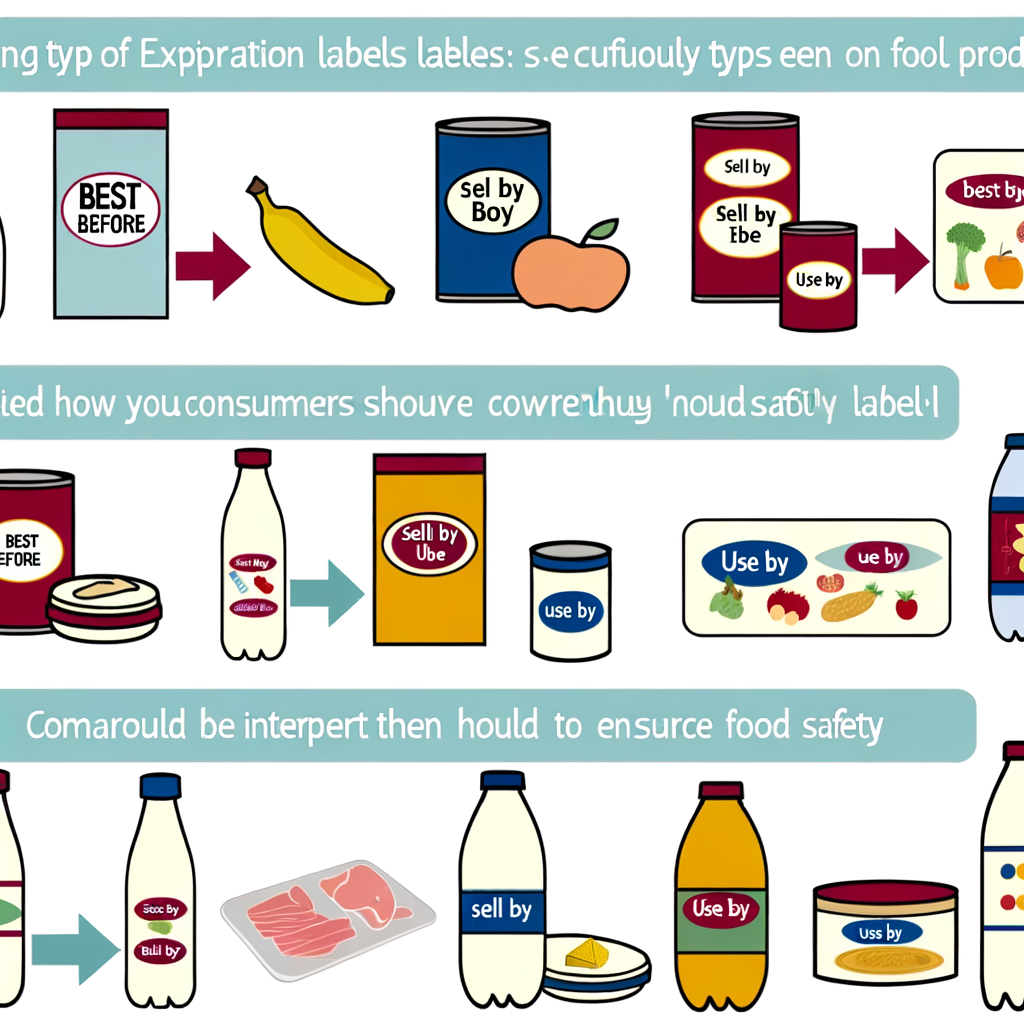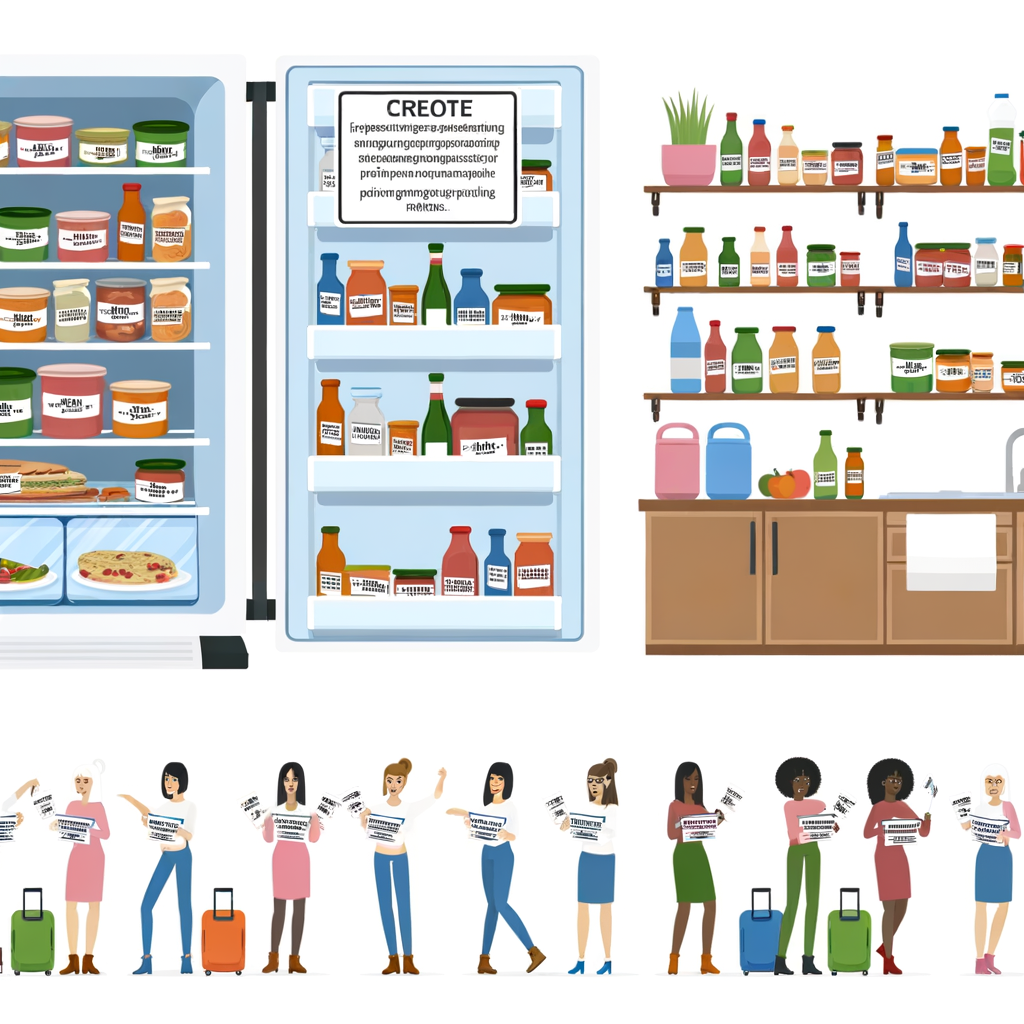As a chef, one of the most important things to consider when preparing a meal is food safety. This is especially true when it comes to expiration dates. Many people are confused about what these dates actually mean, and how they affect the safety of their food. In this article, we will discuss the different types of expiration dates and what they mean for your food.
Firstly, it’s important to understand that there are two types of expiration dates: “best by” and “use by” dates. The “best by” date refers to the date when the product will be at its highest quality, but it does not necessarily mean that the food is unsafe to eat after this date. On the other hand, the “use by” date is the date when the food is no longer safe to eat. It’s important to pay attention to these dates, as consuming food past its “use by” date can lead to food poisoning.
It’s also important to understand that expiration dates are only accurate if the food has been stored properly. This means keeping perishable items in the fridge and following any storage instructions on the packaging. If the food has been left out at room temperature for too long, it may spoil before the expiration date.
As a chef, I always make sure to check the expiration dates of my ingredients before using them in a dish. It’s also important to properly label food and store it in the correct containers to avoid confusion. By following these simple steps, you can ensure the safety of your food and avoid any potential health risks.
In conclusion, expiration dates are an important aspect of food safety. By understanding the different types of dates and properly storing food, you can ensure that your meals are not only delicious, but also safe to eat.





